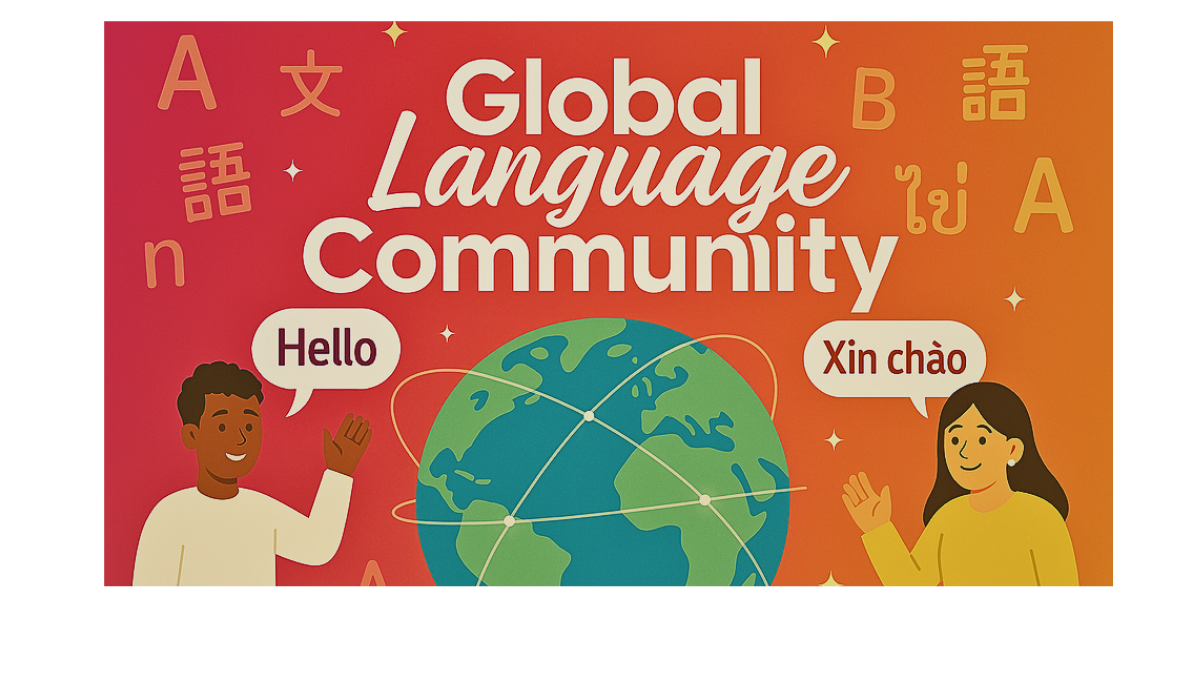Why "Good Enough English" Isn't Enough for Digital Collaboration: Avoiding Costly Misunderstandings

"Good enough English" often isn't enough for effective digital collaboration. This post covers crucial strategies for clear communication.
Have you ever left an online meeting feeling unclear about action items, or seen a vital project stall due to miscommunication across digital channels? In today's fast-paced, digital-first workplace, "good enough" English can quickly lead to "not good enough" results, especially when paired with digital blind spots. Effective global collaboration demands more than just basic language skills; it requires a blend of confident communication, nuanced understanding, and adept digital etiquette.
The Double Whammy of Digital-English Errors: Why Fluency Matters First
The challenge often begins not with a lack of effort, but with ingrained habits from previous English instruction. Many students, whether from school lessons or even recent courses, have focused heavily on grammatical accuracy, sometimes at the expense of fluency and natural communication. This approach, where a fear of making mistakes overshadows the ability to express ideas confidently, can be compounded in digital environments. Unclear emails, misused collaboration tools, or ambiguous chat messages don't just reflect poor grammar; they create immediate breakdowns, delays, and erode trust within a team.
As an English teacher, I believe that building fluency before accuracy helps build the student's confidence. When I teach students, whether in a classroom or an individual online lesson, I encourage them to read paragraphs aloud to me without interruption. I listen attentively, taking note of their mistakes, but my primary goal in that moment is to build their confidence, their rhythm, and their ability to express themselves freely. Only after they've completed the reading do we go over the mistakes as a powerful learning opportunity. We delve into the meaning of the words and phrases in context, ensuring proper comprehension, and only then do we practice the correct pronunciation and usage.
My aim is for them not just to correct an error, but to see how words truly live and breathe within a sentence, making them feel empowered, not stifled, by the language. This approach is crucial because in real-time digital collaboration, confidence and clear expression are often more immediately impactful than flawless grammar. Even with modern AI tools assisting with grammar and basic phrasing, the human ability to convey nuance and intent confidently remains paramount. So, how do we apply this focus on confident communication within the specific arenas of digital work?
Online Meeting Mastery: Speaking Clearly in a Virtual World
The virtual meeting has become the boardroom of the 21st century. But navigating these digital spaces effectively demands specific skills beyond just speaking English. Techniques for clarity in virtual settings are paramount: speak slowly and enunciate, especially when discussing critical information. Don't be afraid to use phrases like, "Just to confirm, are we agreed on that point?" or "Could you clarify what you mean by X?" to ensure mutual understanding. Mastering the chat function is also vital – using it for quick questions, sharing links, or clarifying points without interrupting the speaker. Knowing how to share your screen, highlight key elements, and navigate between applications seamlessly is a skill in itself – one I've personally honed while preparing my course materials and live sessions. These digital communication tools become extensions of your confident English, ensuring your message is not just heard, but understood and acted upon.
Collaborating on Cloud Docs: Beyond Basic Sharing
Team projects increasingly live in shared digital spaces like Google Docs, Microsoft 365, or Notion. Here, "good enough" English can quickly lead to errors that impact the entire team. Best practices for using these collaborative platforms include: clear and concise commenting to provide feedback without ambiguity; using the "suggesting edits" feature effectively rather than direct editing (to track changes); and understanding version control to prevent accidental deletions or overwriting others' work. Learning how to correctly name files, organize folders, and use shared drive features ensures that your English contributions are always organized and easily accessible to your global colleagues. This digital hygiene prevents costly misunderstandings and streamlines project workflows, allowing your clarity in English to shine through.
Digital Diplomacy & Tone: Navigating Cross-Cultural Nuances
In written digital communication, tone can be incredibly tricky, especially across cultures. A direct email that seems efficient to one culture might appear rude to another. Using emojis sparingly and only in appropriate contexts is key. It is essential to be able to give constructive feedback without causing a misunderstanding – carefully choosing words and phrasing in English – is a form of digital diplomacy. Your confident English should empower, not accidentally offend. It's about recognizing that what's acceptable in casual conversation might not translate well into a professional chat or email. By being mindful of these nuances, sometimes even double-checking your phrasing with an AI tool for tone analysis, you build stronger, more trusting relationships with your global partners and clients.
Elevate your team collaboration and avoid costly digital communication hurdles. Our 'Global English & Digital Skills' course specifically addresses the unique challenges of working in English in digital environments, combining confident communication strategies with essential digital literacy, so your "good enough" English becomes truly exceptional and impactful.
Here is the link to my next blog: https://www.glcunity.com/blog/...
Categories: : Digital Skills, Education
 Dale Snavely
Dale Snavely 